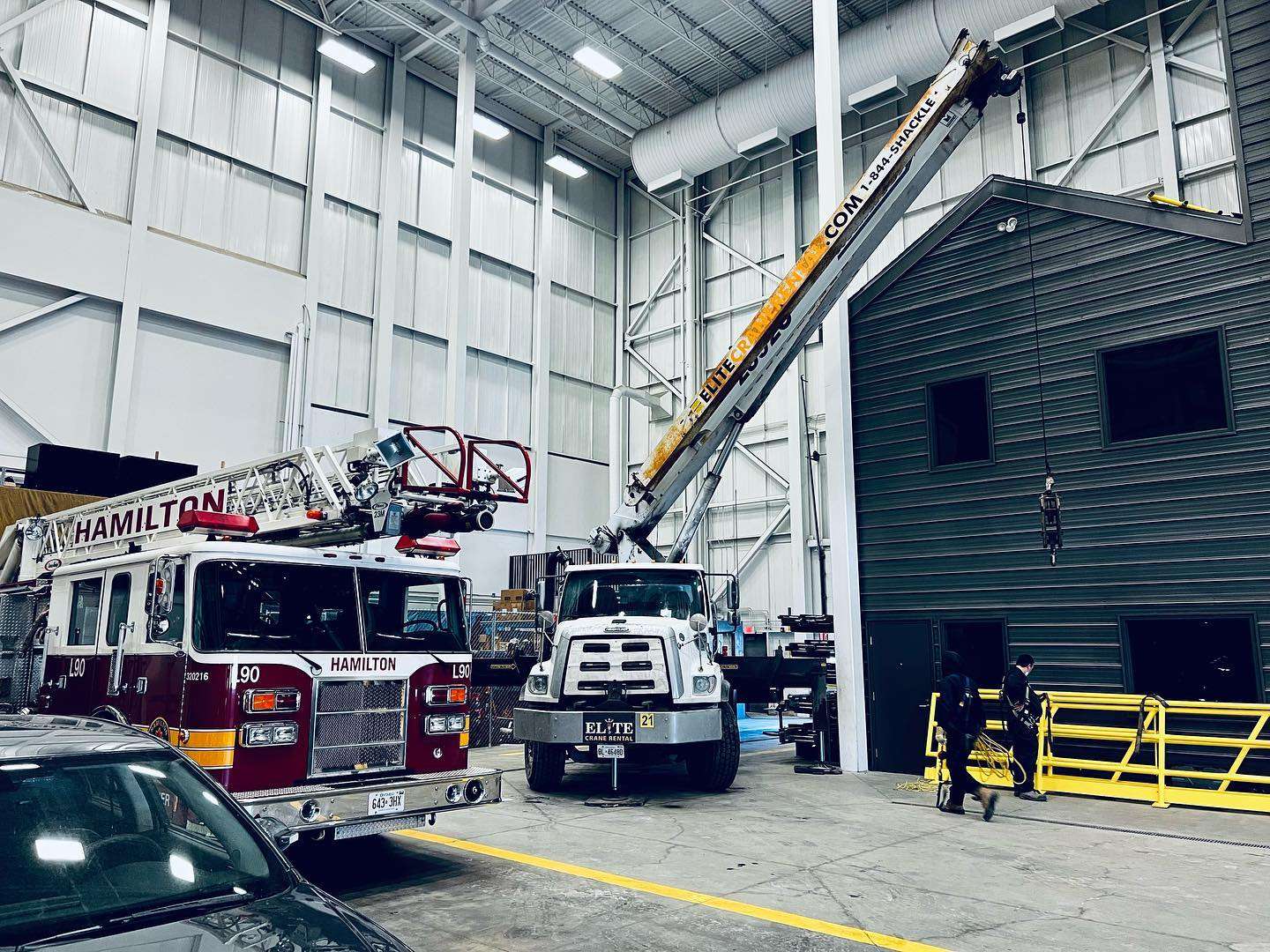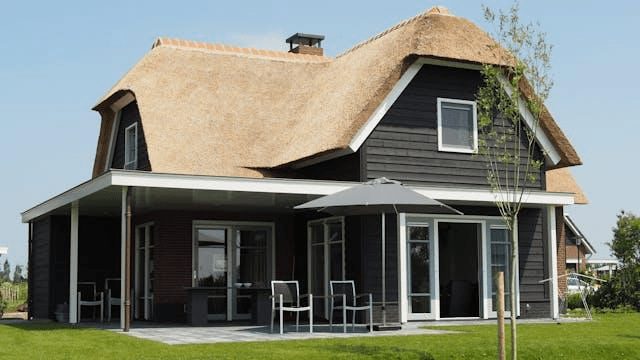The landscape of new home construction is continually evolving, shaped by advancements in technology, changing consumer preferences, sustainability concerns, and innovative design concepts. As we step into a new era of housing, several trends are reshaping the way homes are designed, built, and lived in.
Sustainable and Eco-Friendly Materials
Sustainability has become a cornerstone of modern home construction bay bow windows glasgow. Builders are increasingly incorporating eco-friendly materials such as recycled steel, reclaimed wood, bamboo, and engineered lumber. These materials not only reduce the environmental impact but also offer durability and energy efficiency, meeting the demands of eco-conscious homeowners.
Smart Home Technology Integration
The integration of smart home technology continues to revolutionize the way we interact with our living spaces. Homeowners now have the ability to control various aspects of their homes remotely through smart devices. From thermostats and lighting to security systems and appliances, the integration of AI-powered solutions enhances convenience, security, and energy efficiency.
Energy-Efficient Designs
Efficient energy use is a growing priority in new home construction. Builders are implementing designs that optimize natural light, utilize passive solar heating and cooling techniques, and incorporate energy-efficient appliances. Additionally, the integration of solar panels and other renewable energy sources is becoming increasingly common, reducing reliance on traditional power grids.
Flexible and Multi-Functional Spaces
The pandemic accelerated the need for versatile living spaces. Homeowners now seek areas that can easily transform to accommodate changing needs, such as remote workspaces, home gyms, or multi-generational living quarters. Open floor plans and adaptable room layouts have gained popularity, offering flexibility and functionality for various purposes.
Health-Centric Features
In the wake of global health concerns, there’s a heightened focus on designing homes that promote well-being. Features like improved indoor air quality through advanced ventilation systems, antimicrobial surfaces, and wellness-oriented designs that emphasize natural elements contribute to creating healthier living environments.
Prefabricated and Modular Construction
Prefabricated and modular construction methods are gaining traction due to their efficiency and reduced construction time. These approaches involve assembling components off-site and then installing them on location. They offer cost-effectiveness, reduced waste, and increased precision in building, attracting homeowners seeking quicker and more sustainable construction options.
Customization and Personalization
Buyers increasingly demand personalized and unique homes that reflect their individual tastes and preferences. Builders and architects are embracing customization options, allowing homeowners to select finishes, layouts, and design elements that align with their lifestyles, leading to more personalized living experiences.
Net-Zero and Passive House Designs:
The concept of net-zero energy homes and Passive House designs is gaining momentum. Net-zero homes aim to produce as much energy as they consume, typically achieved through a combination of energy-efficient design, renewable energy sources like solar panels, and energy storage solutions. Similarly, Passive House designs focus on ultra-energy efficiency, relying on meticulous insulation, airtight construction, and advanced ventilation systems to drastically reduce energy consumption.
Resilient and Disaster-Resistant Construction
With the increasing frequency of natural disasters, there’s a growing emphasis on constructing homes that are resilient to various environmental challenges. Builders are utilizing resilient materials and construction techniques that can withstand hurricanes, earthquakes, wildfires, and floods. Elevated foundations, impact-resistant best upvc windows and doors glasgow, and reinforced structures are becoming standard features in disaster-prone regions.
Virtual and Augmented Reality in Design and Visualization
Advancements in technology have transformed the way homes are designed and visualized. Virtual and augmented reality tools enable prospective homeowners to take virtual tours of properties, customize designs, and visualize renovations before construction even begins. This technology enhances the decision-making process, offering a realistic preview of the final product and improving overall customer satisfaction.
Emphasis on Outdoor Living Spaces
The importance of outdoor spaces has been accentuated, with homeowners seeking to create functional and inviting outdoor areas. From expansive decks and patios to outdoor kitchens and entertainment areas, the trend leans towards seamlessly blending indoor and outdoor living. Landscaping, sustainable gardens, and eco-friendly features further enhance the appeal of these outdoor retreats.
Accessory Dwelling Units (ADUs) and Multigenerational Living
ADUs, also known as granny flats or in-law suites, are gaining popularity as they offer flexible living options. These secondary units provide opportunities for multigenerational living, rental income, or additional workspace. They cater to the changing demographics and evolving family structures by offering separate yet connected living spaces within the same property.
In essence, the latest trends in new home construction are steering the industry towards sustainability, innovation, flexibility, and enhanced living experiences. The convergence of technology, eco-consciousness, and changing lifestyles continues to redefine the concept of the ideal home. As these trends evolve and intertwine, they pave the way for more resilient, efficient, and personalized homes that cater to the diverse needs of homeowners in the present and future.









